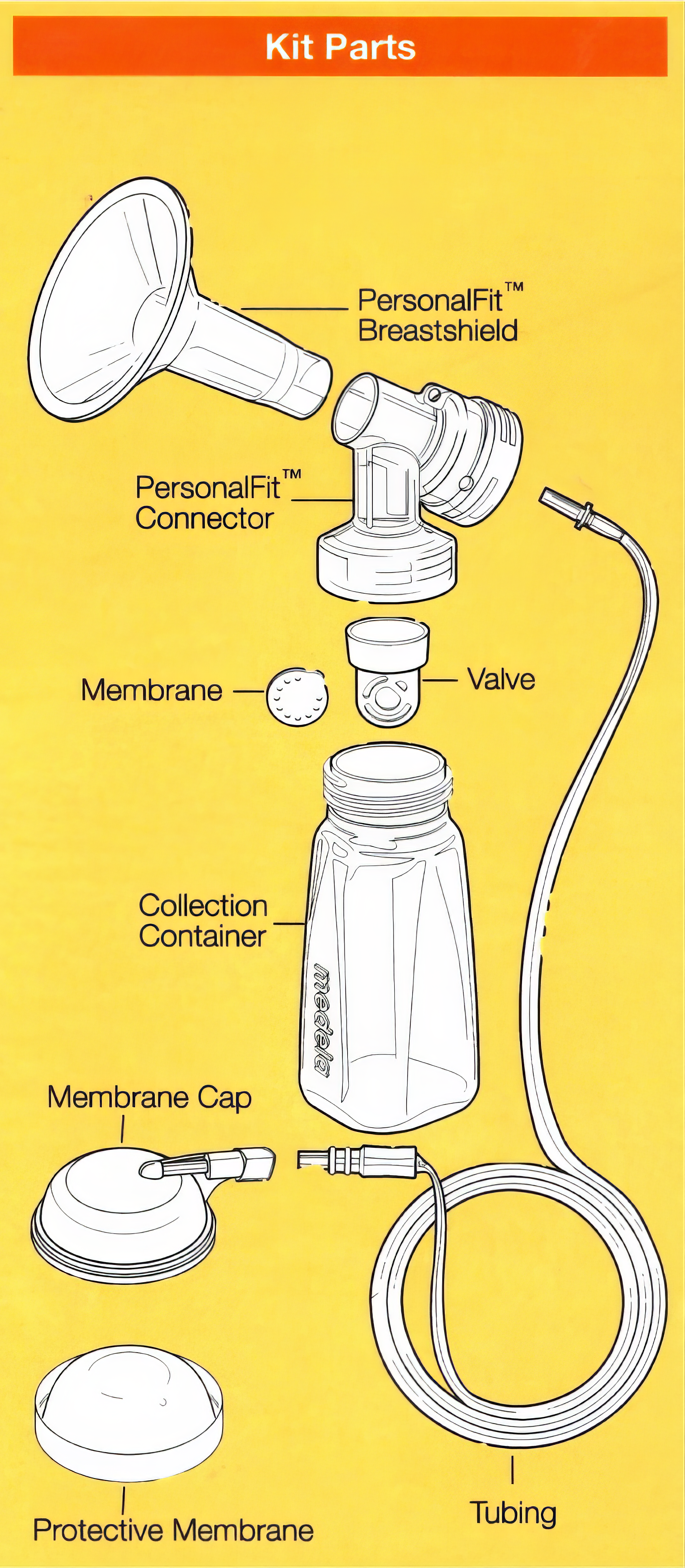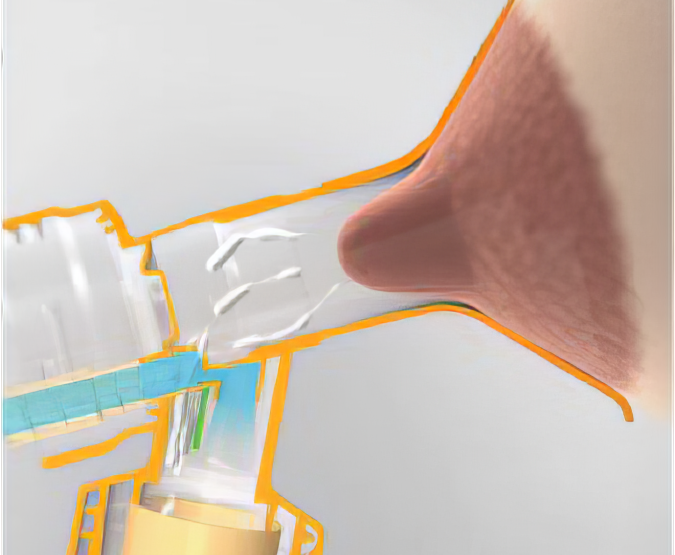Expressing and pumping
Hand expressing and pumping will help your milk supply and remove breastmilk from your breasts so you can feed it to your baby. It is best to do this early and often.
Hand expressing and/or pumping should start within one or two hours after giving birth. It's a good idea to record the times you pump or hand express each day.
Hand expressing
Hand expressing helps stimulate milk production, increases supply and relieves engorgement. If you can, hold your baby skin-to-skin before you hand express.
How to hand express
- Wash your hands with soap and water.
- Place a warm moist cloth on the breast and massage gently.
- Cup your breast in a C- shape. Position the thumb and index finger 1 - 1.5 inches outside the areola.
- Push back towards your chest. Keep your thumb and fingers cupped in a C- shape around the nipple.
- Press, compress and release to express your milk. Repeat while moving pressure around the breast to express the entire breast. You can switch hands if you need to.
- If needed, repeat these steps on the other breast.

Pumping
Pumping will help prepare your breasts for when your baby is ready to breastfeed. It also helps your milk supply.
Your care team will give you a set of breast pump attachments to use at the hospital.
The electrical pump

How to pump
- Wash your hands with soap and water.
- Place a warm moist cloth on the breast and massage gently.
- Center the breast shield over the nipple.
- Use the breast flange that is the correct size for you. Your nipple should move freely through the tunnel of the breast flange. You should not have pain.
- Turn on the pump and keep the suction at the lowest setting.
- Slowly increase the pump suction. It should not hurt.
-
Pump each breast at least eight times per day (including at least once overnight) for 15 to 20 minutes. Keep pumping for one or two minutes after the flow of milk stops.
-
Turn off the pump before removing the breast flange.
- Leave a half inch of space at the top of the container so the milk can expand if you freeze it.
- Label the container of milk with your baby’s hospital sticker. Include the date and time of pumping. Your baby’s nurse will show you where to store your milk in the NICU.
- Wipe down, sanitize and store your pump parts.
- Ask your nurse if you feel discomfort during pumping or if you have questions.
